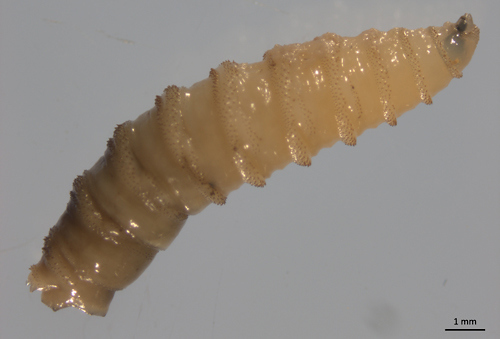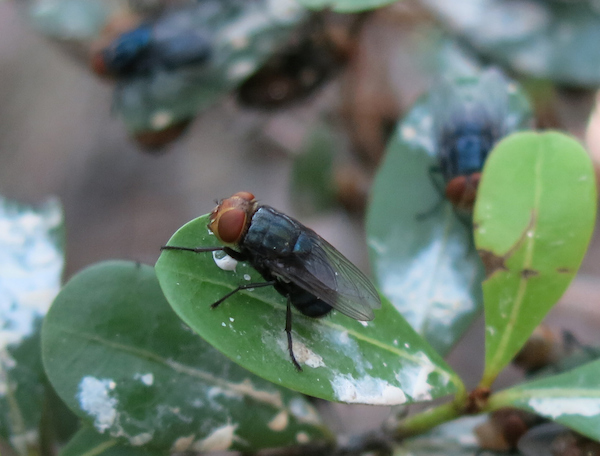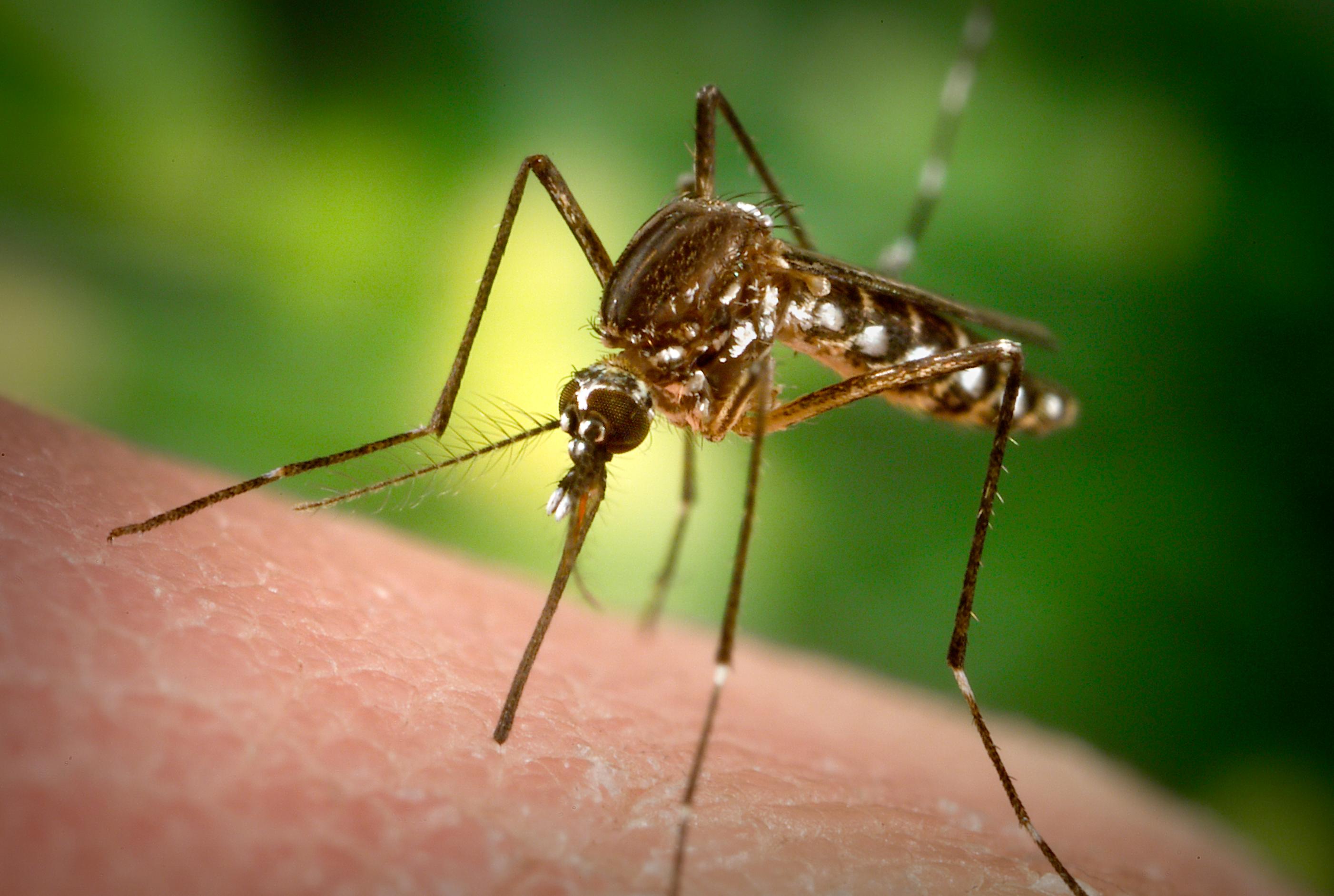Ectoparasite control can be one of the most expensive and time consuming parts of being a livestock farmer. It is important to raise healthy animals for food and supplies. When working hard to prevent and fight ectoparasites from harming livestock, many factors need to be considered, such as, the time of year, the type of animal and the conditions where it lives and is raised. It is important to realize that ectoparasites are not only an annoyance; they can also transmit diseases and have an impact on the bottom line.
Cattle
Flies are the most common ectoparasites affecting cattle in warmer climates like Texas, Florida and Louisiana. Flies that cause irritation and economic loss include the house fly, the heel fly, the horn fly and the stable fly. Horn flies are very costly to control but cannot be ignored; horn flies consume up to a pint of blood each day. Flies can be controlled or limited with the use of sprayers, dust bags, back rubs, ear tags and mineral blocks.
Louse populations can cause problems amongst a herd but are usually kept under control with the use of preventive measures and insecticides. It helps to keep areas clean and ventilated and treat immediately when lice are detected. The spread of lice can be quick, so all newly acquired cattle should be checked and sprayed before being introduced to the herd. Winter months appear to have more lice infestations than the summer months.
The heel fly, also known as cattle grubs, have a major impact on the economic value of cattle. The adult flies disrupt the cattle while they attach eggs to their fur. The larvae then burrow through the tissues, muscles and eventually the hide, causing considerable damage to the meat and hides.
Flies and chicken houses
Poultry operations have a tendency to attract lots of house flies. House fly levels must be maintained at low levels to prevent the disturbance of neighbors (humans). The best way to control house fly populations in poultry operations is by proper and concise manure management in order to rid a location of breeding material. Keeping manure dry or spreading it out on a field in a thin layer are successful ways of preventing fly breeding.
Companion Animals
Fleas and ticks can reach high numbers very quickly during the warmer months throughout the year. Both fleas and ticks are blood feeders that can cause anemia, paralysis and even disease transmission.
Mosquitoes are transmitters of dog heartworm disease, a deadly worm that moved from the mouthparts of the mosquito into the body of cats and dogs. The adult worm grows inside the heart and will lead to animal death if left untreated.
For more specific information, click on the following:
| Black Fly | Lice |
| Blow Fly | Mites |
| Bot Fly | Mosquito |
| Cattle Grub (Heel Fly) | Myiasis |
| Fleas | Sheep Keds |
| Horn Fly | Screwworm Fly |
| Horse Fly/Deer Fly | Stable Fly |
| House Fly | Ticks |





